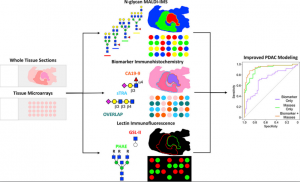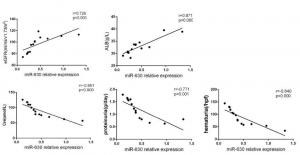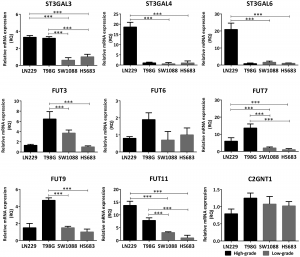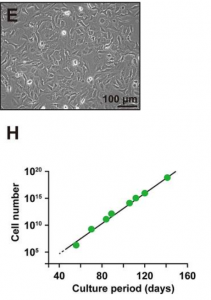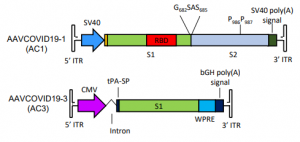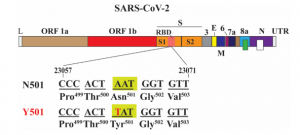Importance of Innate Lymphoid Cells (ILCs) in the new coronavirus (COVID-19)
The new coronavirus (COVID-19) causes lymphopenia. However, an interesting fact emerges when the correlation with the disease severity is examined in detail about the subsets of the lymphocytes.
A group from The University of Massachusetts Medical School etc. has focused on Innate Lymphoid Cells (ILCs) and reported an interesting correlation with the severity of COVID-19.
https://www.ncbi.nlm.nih.gov/pmc/articles/PMC7814851/
ILCs are lymphocytes that do not have antigen receptors and are the main biological defense mechanism in immunity in the prestage leading up to the development of acquired immunity. NK cells with cytotoxicity are also classified as ILCs. It can be said that ILCs are divided into those mainly producing cytokines and those with cytotoxicity. In this paper, ILCs are defined as cell populations excluding NK cells.
In patients with COVID-19, ILCs are reduced by 1.78 times (95% CI: 2.34–1.36) and CD16+ NK cells by 2.31 times (95% CI: 3.1–1.71) compared to healthy people.
Interestingly, it was shown that ILCs was, but not CD16+ NK cells, CD4+ T cells, or CD8+ T cells, correlated with hospitalization, and the odds ratio of hospitalization was 0.413 (95% CI: 0.197–0.724) for every 2-fold increase in ILCs. They also showed that as ILCs increased, the odds ratio of hospitalization rates decreased, duration of hospitalization were shortened, and CRP, an inflammatory marker, decreased.
This finding is likely to lead to new treatments, I feel.

